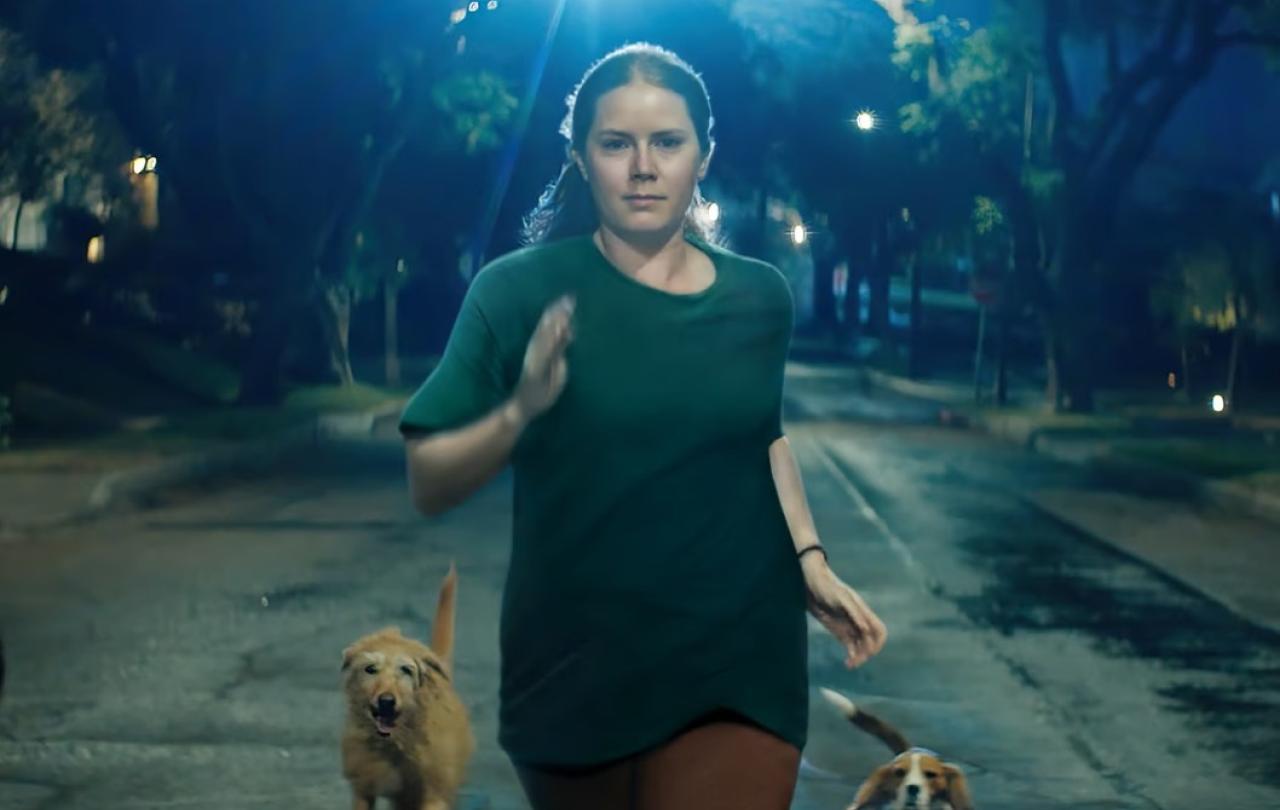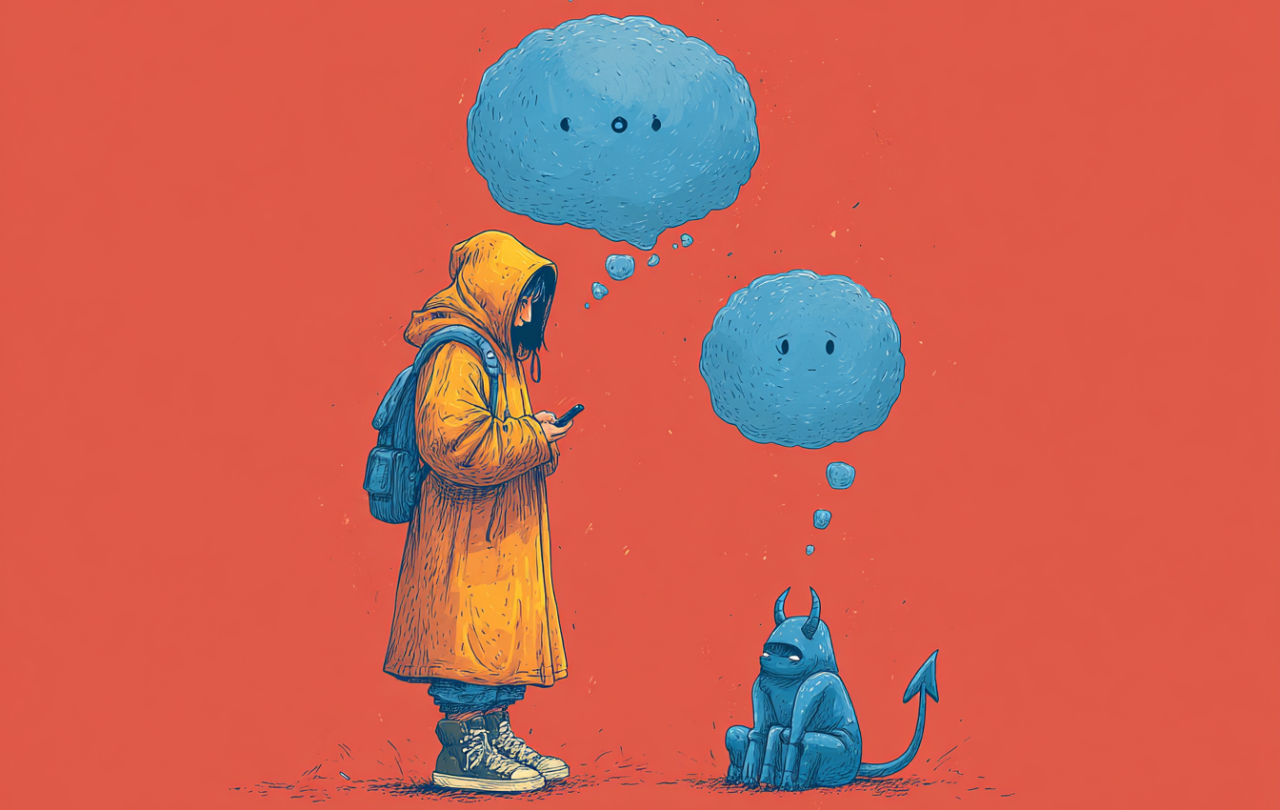
With birth rates declining, family breakdown increasing and what has been called an anxiety epidemic amongst children, a film about the raw challenges of motherhood – aimed at men as much as women - has to make us sit up and take notice.
Nightbitch does exactly that. Based on Rachel Yoder’s lockdown novel of the same name, it tells the story of a stay-at-home mum who, faced with the brutal realities of modern-day mothering, discovers her feral side – and transforms into a dog.
The film stars Amy Adams, an exceptional actress known for her roles in Arrival—a Denis Villeneuve masterpiece about aliens arriving on Earth—and other iconic films like Man of Steel (as Lois Lane), Enchanted (where she plays the central character), and Night at the Museum (as Amelia Earhart). In this film she delivers a powerful and deeply emotional performance as another alienated character, once a successful artist with a promising career, now reduced to part-parent, part-nightbitch.
The plot has echoes of Franz Kafka’s The Metamorphosis, where travelling salesman Gregor Samsa wakes up one day to find himself transformed into a giant insect. While Samsa’s arthropod transformation signifies entrapment and helplessness, Amy’s canine alter-ego provides a contrasting sense of liberation, offering her an empowering path of fierce self-assertion amid the demands of motherhood that have become overwhelming and suffocating. Nevertheless, both magical realism narratives use animal transformation to explore profound feelings of loss of identity, isolation and inequality - themes that are especially relevant in a time when pressures on families are immense.
Identity loss
Introducing herself to a group of new mothers, Amy’s character, who remains nameless throughout, says, “I used to be an artist.” Her inability to articulate who she is reflects so much: her loss of purpose, loss of social identity, loss of external validation, loss of financial independence, loss of cognitive functions, loss of self-worth. But it is not only her transformation into a dog that depicts this. There’s a poignant moment as the film opens when Amy bumps into the woman who has taken her old job. The stark contrast between their appearances—Amy looks pretty rough compared to her perfectly turned-out replacement—highlights just how different her life now is. It seems to me that this image of identity loss will resonate with all who face the struggle to reclaim oneself after a major life event, but especially with new mothers.
Isolation
Though Amy’s character is married, her husband is often absent, working long hours to provide financially. When he is home, he seems to want the pre-motherhood version of his wife, engaging only in the lighter aspects of parenting while avoiding the ongoing challenges. This dynamic leaves Amy’s character feeling alone and disconnected from her husband. Not only that, Amy’s initial attempts to connect with other mothers at her child’s nursery fall flat. Although they share the bond of motherhood, she finds their conversations unfulfilling. Similarly, when she reconnects with her old work friends, she discovers their lives have moved on without her, deepening her sense of displacement. She doesn’t fit in at home, at work, or in her community. She is trapped between worlds and is deeply isolated. Nightbitch offers a powerful antidote to Insta-perfect images of parenthood. The stark visual this film provides of the mother running away from the home at night as a dog challenges us to take seriously the need for mothers to escape claustrophobic societal expectations and to find autonomy, community and support.
Inequality
The third key theme explored in the film is the inequality between the male and female experiences of parenthood, as it portrays how much of the burden falls on women. Statistics only confirm the ongoing gender disparities, with women far more likely than men to reduce working hours and sacrifice their career prospects. Women disproportionately shoulder the long-term economic and professional consequences of parenthood, as well as the day-to-day duties of parenting. Add to this the emotional impact of isolation and identity loss, and the burden becomes almost insurmountable. This cumulative strain is faced by all those who are expected to seamlessly transition from independent individuals to selfless caregivers, often with little structural support. The film lays bare how these pressures, left unaddressed, can fracture not only individual lives but the entire stability of the family.
The film left me with questions:
Have I played my part?
As a father, watching this film prompted me to reflect deeply on my own family dynamic. Do we divide responsibilities fairly? Have one person’s dreams or ambitions been side-lined for the sake of the others? Do I overlook or undervalue what my wife does? What happened to the balance we originally envisioned and agreed upon as a couple?
Where is the support?
I also wondered about the structural support needed for those beginning their parenting journey. Then I remembered who facilitates tens of thousands of parent and toddler groups each week across the UK – the Church. Over a third of children under four attend these groups, translating to millions of parents and carers finding access to a lifeline – a welcoming environment and space for connection and mutual support. Do churches know what an important role they are playing? Do new parents know what is available to them there?
Is parenting only a burden?
While the film expresses brilliantly the challenges of parenthood, does it do so at the expense of expressing its joys? In my own experience parenting 30 children through birth, fostering, and adoption in almost the same number of years, I am still trying to work through the paradoxes. How can it be both overwhelming and overwhelmingly enriching. Both lonely, and connect us to the privilege of unconditional love? How is it that in parenting the best things in life cost everything and nothing?
At the London Film Festival Premiere that I attended, Amy Adams also reflected personally on the film:
“It gave me an opportunity to not only tell my relationship with my mother but also my sister and my friends…. There was a deep universality to the experience of motherhood but also the exploration of relationship inside of parenthood,, the relationship with husband. Everything just fell so true, relatable, and funny.”
In the end, Nightbitch is more than a dark, fantastical, funny tale of transformation; it’s a powerful mirror held up to modern family life that everyone can benefit from considering. It challenges traditional gender roles and expectations, inspires reflection on sacrifices and struggles, and provokes important questions about identity, privilege and partnership in the complex journey of parenthood and beyond.
Support Seen & Unseen
Seen & Unseen is free for everyone and is made possible through the generosity of our amazing community of supporters.
If you’re enjoying Seen & Unseen, would you consider making a gift towards our work?





